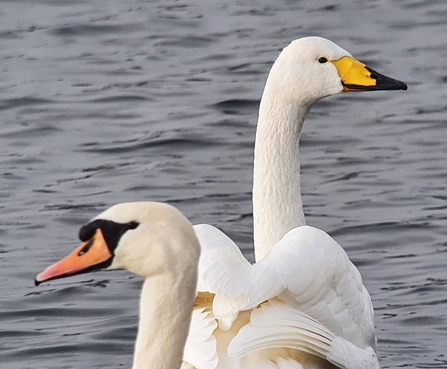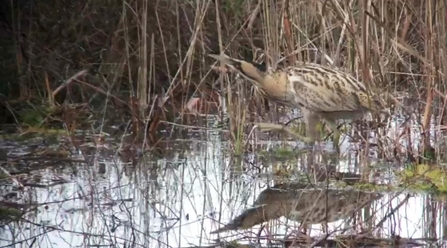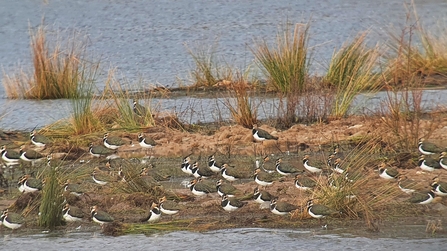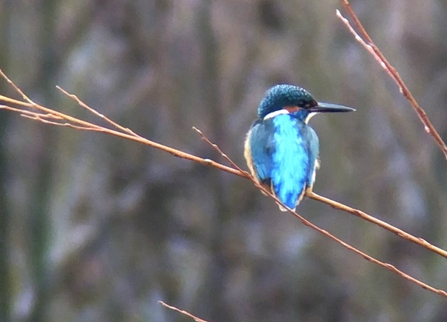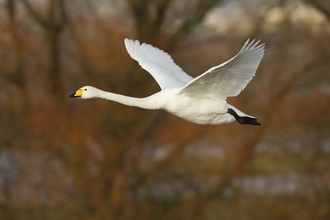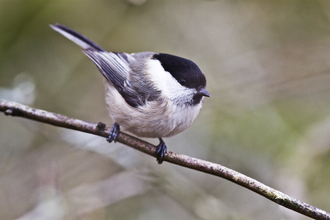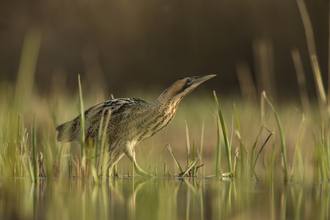Generally a mild start for the first two weeks in January. If you are looking for the first signs of spring, keep reading!
It's pretty much peak wildfowl on the reserve. New birds can arrive if continental Europe starts to freeze. We do however start to see Pink-footed Geese heading North and West from their wintering grounds in Norfolk with two small groups of 70 and 40 seen in recent days. A Whooper Swan dropped in on the 13th, also likely to be heading North before the leap over to Iceland in spring.


